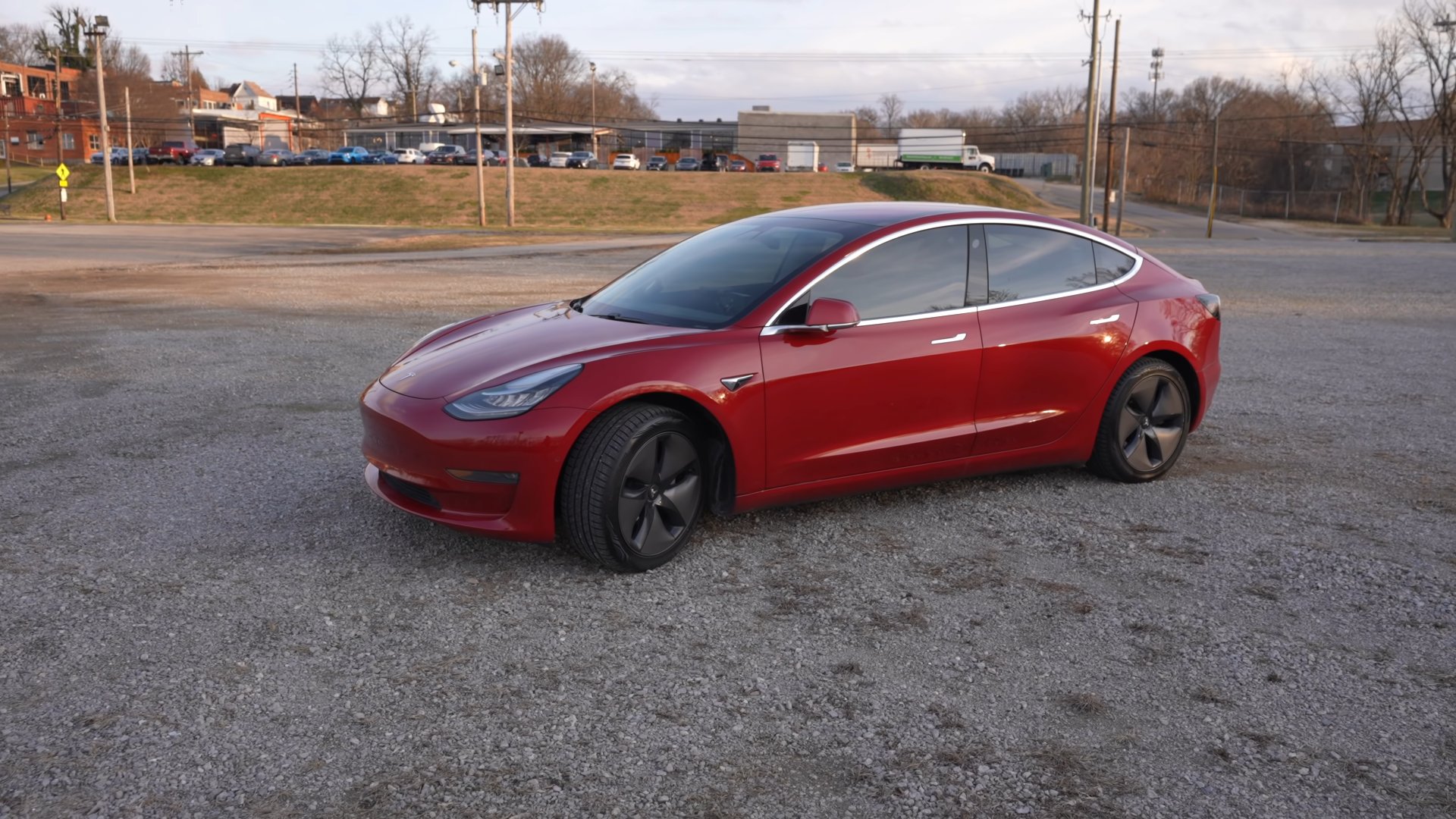That’s good to hear. I saw a video of a rideshare guy doing 100k miles in a year and the battery was on its last leg. That was an older model 3 though, before LFP. I was just concerned as I’m on track to hit over 50k miles by the end of my second year.

This 2018 Tesla Model 3 Passed the 300,000-Mile Mark, Here's What You Need To Know
Tesla Model Y is a relatively new model on the market, so there are few cars with high mileage to show how they cope with abuse over time. Earlier in the...
I wouldn’t worry. This guy has an early gen model 3 and did 300k miles with 20% range loss. The LFP will do 5x that.
Supercharging all the time won’t be good for any battery type but as the LFP has such a long lifespan, it’s unlikely you will notice unless you plan to drive millions of miles. My view is that by the time you start to notice any significant battery degradation with LFP, the car will be ready for replacement.
I’m at 2 years 40,000km and 5% loss (418km vs 438 new), which is in line with other cars at the same age and mileage. I lost most range in the first 12-18 months, now it is plateauing. I’ll drive this car until the doors fall off (keep as a camping vehicle and road tripper once it’s older) and maybe one day take the battery out and use it for home storage! Let’s see!
Last edited:


